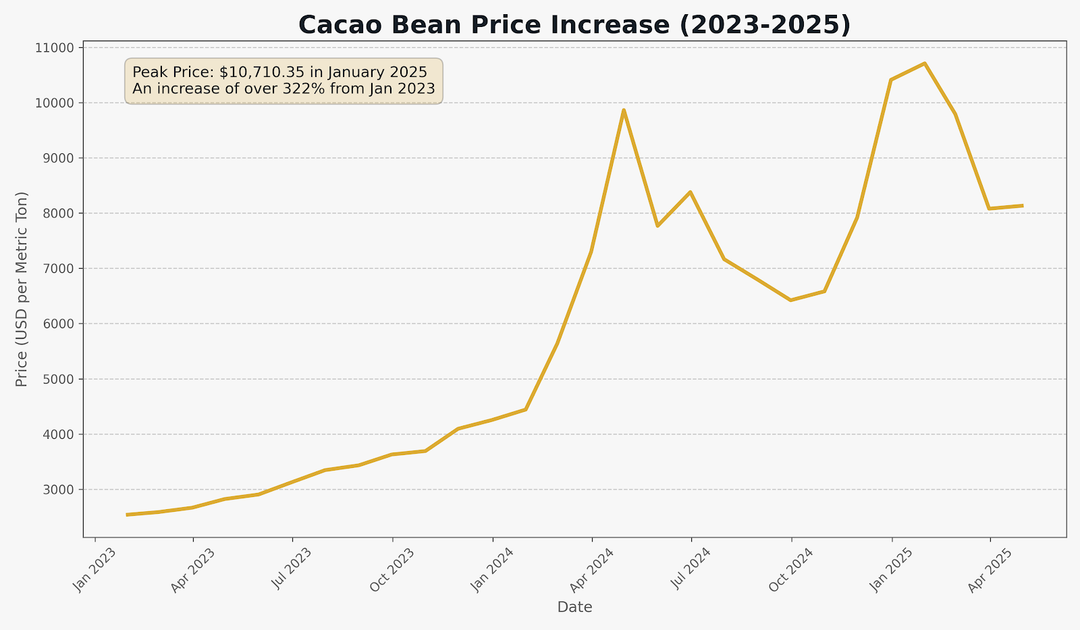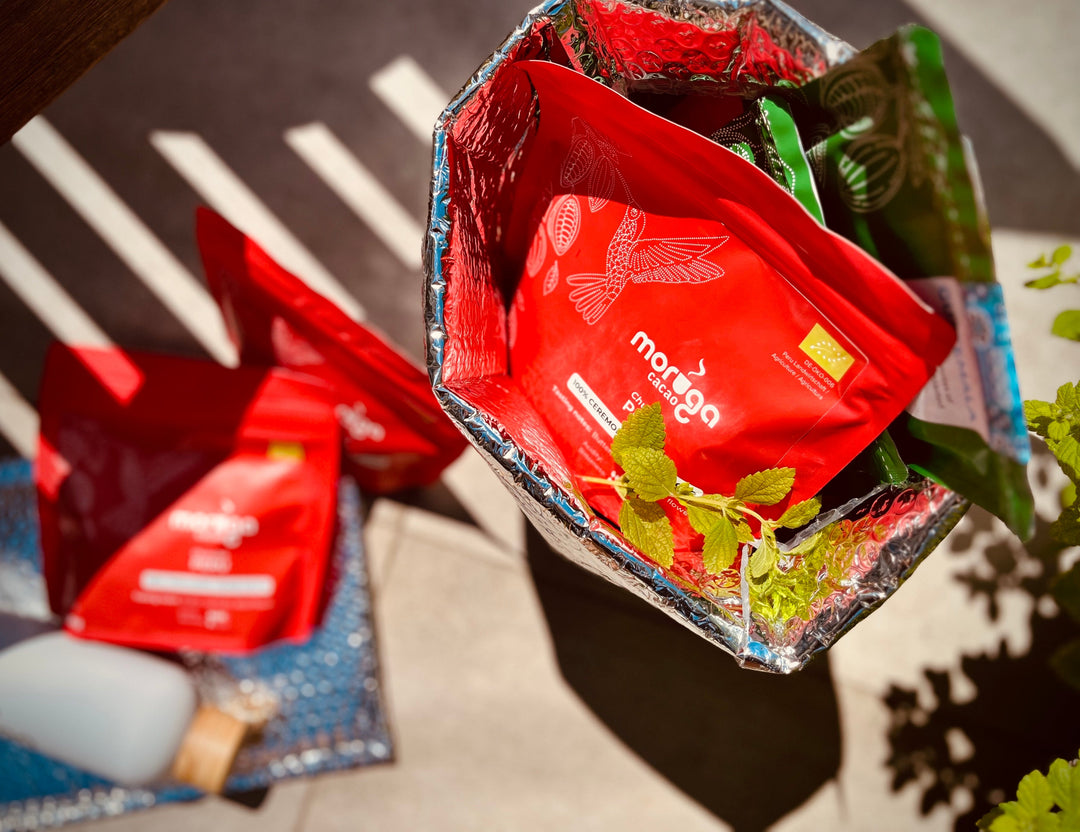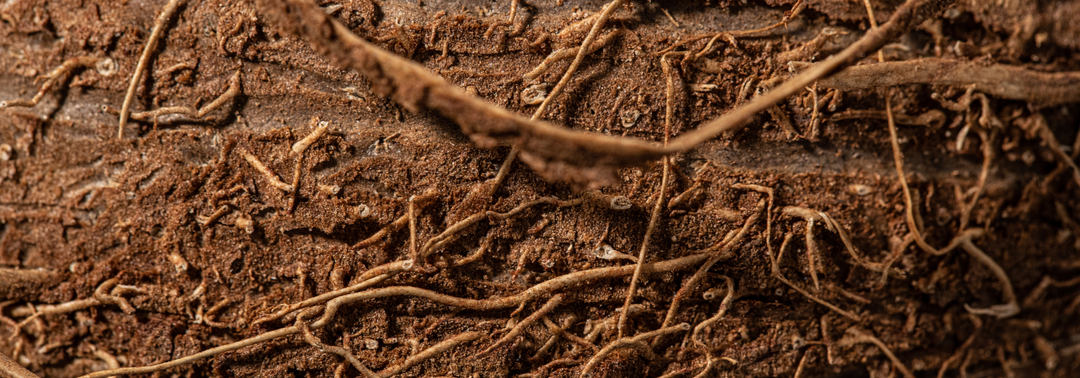The Virunga Region
The Virunga mountain range consists mainly of volcanoes and runs through the national territories of Rwanda, Uganda and the Democratic Republic of Congo. Its volcanic soils are particularly rich in nutrients and the local ecosystem is one of the most diverse in the world. Virunga is best known for its mountain gorillas, which migrate through the dense jungle on the ridges of the still-active volcanoes.

The cacao strain
Since cacao is not endemic to Africa, it was imported from its origins in South America to Africa as part of the colonial trade. The cacao in Virunga is mainly derived from the Amelonado variety, which originated in the upper Amazon. However, terroir is as determinant for the flavor profile of a cacao as it is for a wine, which is why the Amelonado from Virunga is very different from its genetic brethren in Ecuador, for example.

The Virunga region is threatened
Virunga is one of the most beautiful and regions in the world with a real treasure of natural resources. And yet it has become one of the poorest regions in the world. To learn more about Virunga, it's worth watching the Oscar-nominated documentary of the same name on Netflix, or at least the trailer here. Produced by Orlando von Einsiedel and Leonardo DiCaprio, the film tells the breathtaking story of Africa's oldest natural park, its unique geological riches, and how this region is exploited by outsiders at the expense of the locals. The documentary shows how the struggle for the beauty of nature and the world's last mountain gorillas collides with our consumer world and the demand for fossil fuels.
What the film doesn't show are solutions.

Alex Proimos CC
Impact & Conservation
A 2012 independent study of Original Beans' partnership with local farmers in Virunga concluded that 13,000 farmers in the region had been guided and trained in organic certified cocoa production. Their income had doubled from $500 to over $1,000 per year. Most of those involved were also educated about HIV/AIDS and tuberculosis. The study calculated that since the Virunga Cocoa Project began, 3 million trees had been planted and the rate of deforestation had been cut in half.

This work continues as more cocoa farmers join the project and more trees are planted. The local farmer support organization funded by Original Beans called IDAD is deepening this impact.
"We are working toward a conservation cacao crop."
Erick Racine Lolwako, director at IDAD
Thanks to Original Beans
All photos (unless otherwise noted), as well as baseline data and direct interview quotes, were kindly provided by Jan Schubert of Original Beans. Original Beans is both a chocolate brand and now a major cocoa bean importer, and Jan travels on their behalf to build projects and develop long-term partnerships with smallholder farmers and local partners on the ground. We buy our cacao beans directly from Original Beans, who set the highest sustainability standards for their cacao that go far beyond organic certification.
You can order the cacao here.
















Hinterlassen Sie einen Kommentar